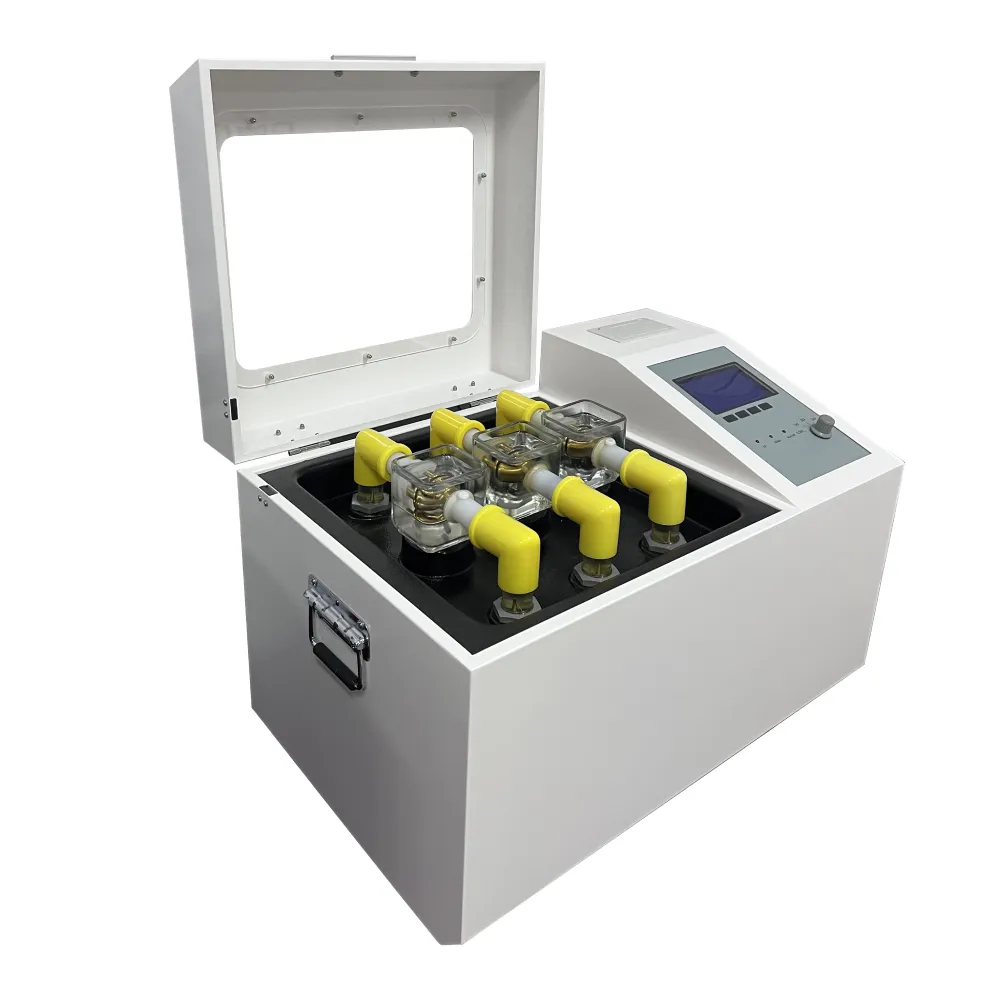 English
English


Understanding the Importance of Transformer Winding Resistance Measurement for Enhanced Electrical Performance
Understanding Transformer Winding Resistance Meters
Transformer winding resistance meters are essential tools in the electrical industry, used primarily for testing and diagnosing the condition of transformer windings. The winding resistance of a transformer is a critical parameter that can affect its performance, efficiency, and lifespan. This article will delve into the importance of winding resistance measurements, the function of these specialized meters, and best practices for their use.
The Importance of Winding Resistance Measurements
Transformer windings are subjected to various stresses during operation, including thermal cycling and mechanical vibration. Over time, these factors can lead to changes in the winding resistance. Measuring the resistance helps in identifying issues such as loose connections, corrosion, or winding faults. A consistent increase in resistance can indicate insulation failure or winding deterioration, which may ultimately lead to transformer failure.
Regular winding resistance testing can help in predictive maintenance, allowing for the timely repair or replacement of components before catastrophic failure occurs. This proactive approach can save costs and downtime, ensuring reliable transformer operation.
Functionality of Winding Resistance Meters
A transformer winding resistance meter is designed to measure the DC resistance of transformer windings accurately. These meters operate by passing a known current through the winding and measuring the voltage drop, from which the resistance can be calculated using Ohm’s law (R = V/I, where R is resistance, V is voltage, and I is current).
Modern winding resistance meters are compact, user-friendly, and equipped with advanced features such as automatic ranging, digital displays, and data logging capabilities. Some meters can also perform automated tests and provide graphical representations of the resistance values, making it easier to analyze trends over time. Additionally, high-precision meters can measure very low resistance values, crucial for effectively evaluating the condition of transformer windings.
Best Practices for Usage
transformer winding resistance meter

To ensure accurate readings and reliable results, users should adhere to certain best practices when utilizing transformer winding resistance meters
1. Pre-Testing Preparation Before conducting tests, ensure that the transformer is de-energized and appropriately grounded. Follow industry safety standards to avoid electrical hazards.
2. Choose the Right Meter Select a winding resistance meter suitable for the specific transformer type and its expected resistance range. Verify that the meter is calibrated and in good working condition prior to testing.
3. Temperature Consideration Winding resistance can be affected by temperature. It’s wise to record the ambient temperature during the test, as higher temperatures can cause lower resistance readings. If significant temperature variance is expected, consider performing temperature compensation calculations.
4. Multiple Measurements Conduct multiple tests for consistency and accuracy. Take readings at different locations on the winding and under varying conditions to build a comprehensive understanding of the transformer's condition.
5. Document Results Maintain detailed records of all resistance measurements over time. This documentation can serve as a benchmark for future tests, helping to identify trends and anomalies that may warrant further investigation.
Conclusion
Transformer winding resistance meters play a vital role in the maintenance and longevity of transformers. By providing critical insights into the condition of transformer windings, these meters help prevent unexpected failures and improve operational reliability. Through proper usage and regular testing, electrical professionals can ensure transformers operate efficiently, ultimately contributing to the stability and efficiency of the power grid. As technology advances, the importance of these instruments will only continue to grow, making them indispensable in the field of electrical engineering.
-
Differences between open cup flash point tester and closed cup flash point testerNewsOct.31,2024
-
The Reliable Load Tap ChangerNewsOct.23,2024
-
The Essential Guide to Hipot TestersNewsOct.23,2024
-
The Digital Insulation TesterNewsOct.23,2024
-
The Best Earth Loop Impedance Tester for SaleNewsOct.23,2024
-
Tan Delta Tester--The Essential Tool for Electrical Insulation TestingNewsOct.23,2024





